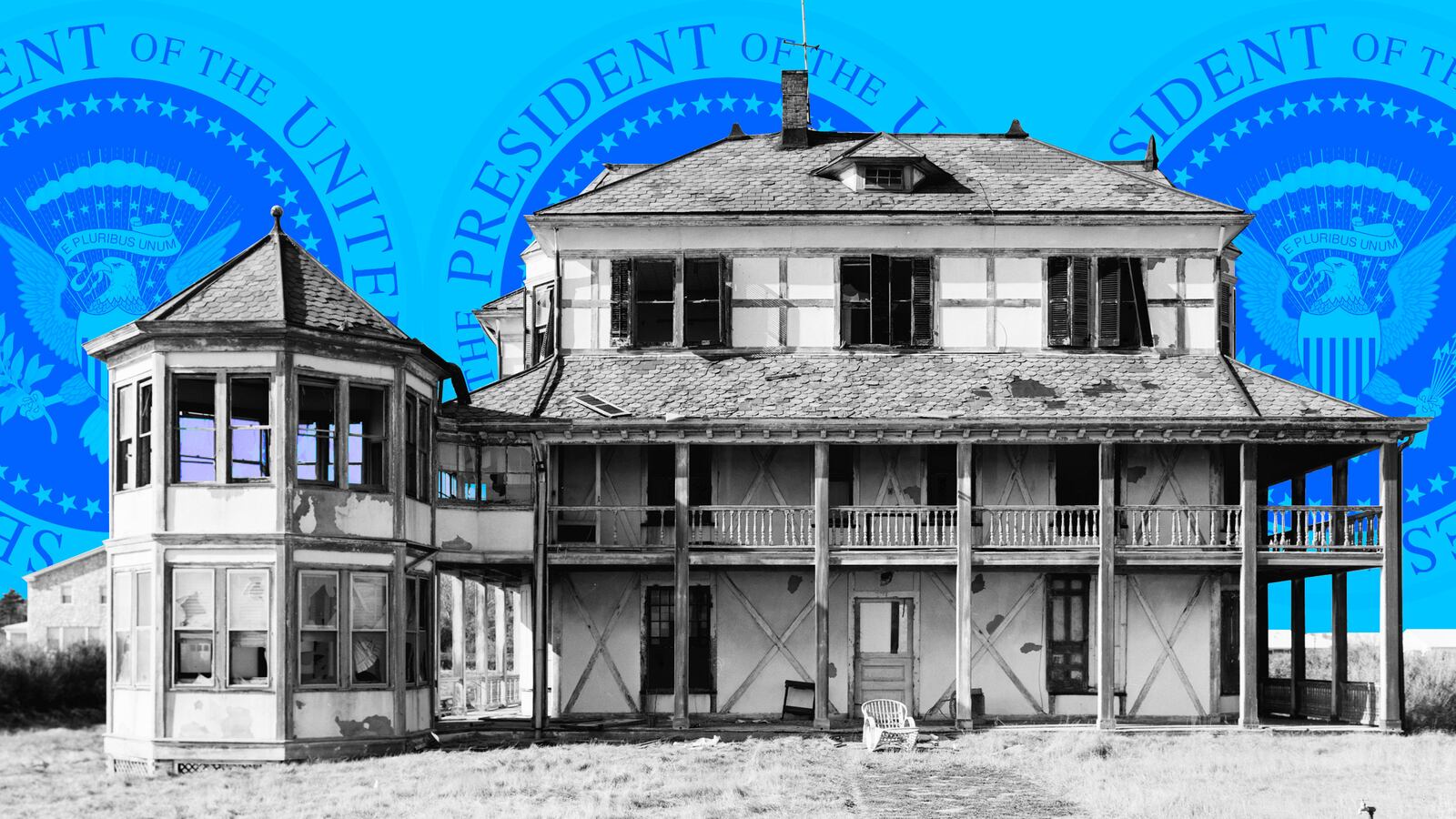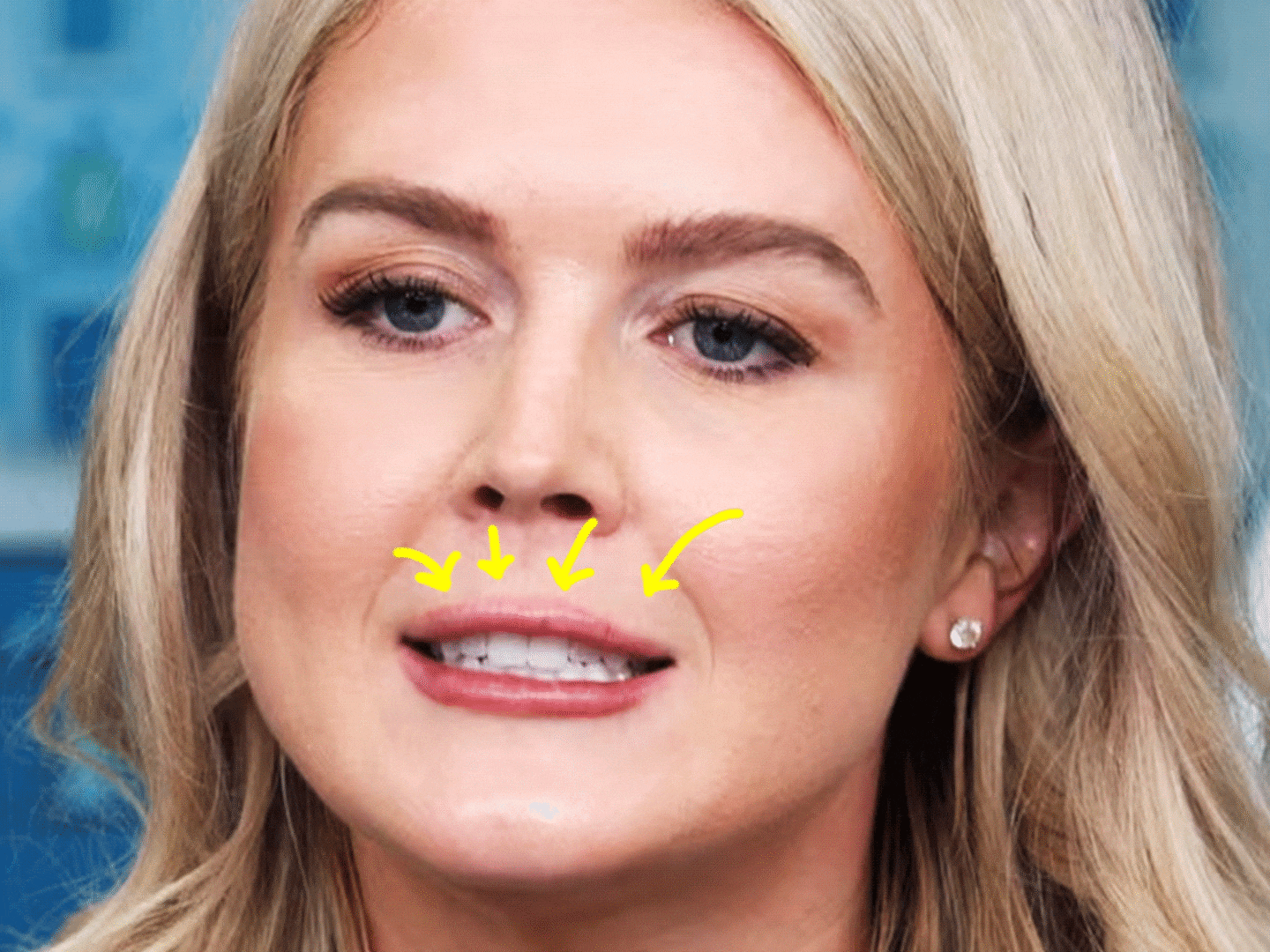Donald Trump’s 17-day “Working Vacation” at the Trump National Gulf Club in Bedminster, New Jersey, has resurrected the tradition of New Jersey Summer White Houses.
The first president to enjoy an extended summer vacation in New Jersey, Franklin Pierce, spent ten days in Cape May in 1855—back when the words “New Jersey” evoked fresh sea breezes not industrial (and political) sludge. Two American traditions marred the visit. First, Americans’ over-enthusiasm for visiting celebrities had the locals firing a cannon honoring Pierce. The shot was too early in the morning and too close to Congress Hall where the President and his First Lady Jane were sleeping. Their sleep-in ended, abruptly.
More disturbing–and quite familiar–was the New York Times complaint that the “country” at this “critical moment” has “lost its president.” “President Pierce is at Cape May,” the editors sniffed. “For practical purposes he might as well be at Cape Horn” in Africa. The president’s supporters responded indignantly because Jane Pierce was suffering in Washington’s un-airconditioned 99 degree heat. “Has it come to this,” asked the Washington Evening Star, “that a president of the United States cannot visit the seaside with a member of his family, to whom the fresh and invigorating ocean air is essential to recovery of health, without incurring the malignant mendacity of partisan newspapers?”
While opponents would always find presidential vacations ill-timed and extravagant, Congress Hall Hotel would become Jersey’s first Summer White House. The hotel, which calls itself America’s “first seaside resort” still rents junior suites named after presidents who summered there. (The name has no constitutional implications. When Thomas H. Hughes, who built the hotel in 1816, was elected to Congress in 1828, he renamed it Congress Hall).

Pierce’s successor James Buchanan vacationed there as he governed in D.C., leaving little trace.
By contrast, U.S. Grant, who attracted Trump-size attention wherever he went as the Civil War’s winning general, loved his New Jersey Summer White House. Grant visited Congress Hall briefly, but made history 120 miles north, at 995 Ocean Avenue in Long Branch. He summered there from 1867 to 1885, including his eight years in office.

During his 1872 re-election campaign, Grant followed George Washington’s tradition by passively awaiting the people’s call in Long Branch, through the fall. In October, New York lawyer Edwards Pierrepont reported that the President was “just as easy as tho’ he were driving horses on a smooth road with a good cigar in his mouth.” This insouciance frustrated William E. Chandler, the Republican National Committee’s industrious secretary, who saw “no reason why, if Grant can stay at Long Branch . . . I should not come to New Hampshire for a little rest.”
Grant maneuvered behind the scenes a bit, but refused to stump. Believing that only Stephen A. Douglas and Horace Greeley had campaigned so vigorously, Grant noted, “both of them were public speakers and both of them were beaten…. I am no speaker and I don’t want to be beaten.”
Grant worshiped regularly at St. James Episcopal Chapel on Ocean Avenue. So would James Garfield, Rutherford Hayes, Chester Arthur, Benjamin Harrison, William McKinley and Woodrow Wilson. Known as the “Church of the Presidents,” it is now being restored.
James Garfield’s desire to be revived by the Jersey air killed him. While waiting at the Baltimore and Potomac Railroad Station, on July 2, 1881, President Garfield was shot at point blank range by a crazed, frustrated office seeker, Charles Guiteau. Garfield suffered for 79 days–as doctors periodically poked dirty hands into his wound, seeking one of the two bullets that hit him–and spreading the blood poisoning that ultimately killed him.
Garfield had only been president for four months, but had been vacationing in Long Branch for years. “I have always felt the ocean was my friend and the sight of it brings rest and peace,” he had noted in his diary in June. With the Washington heat further torturing the poor man, Garfield’s doctors decided he should convalesce in Long Branch. But they feared he wouldn’t tolerate the short carriage ride from the train station to the grounds of the Elberon Hotel, where he would be staying. Within twenty-four hours, the part time and year-round residents of Long Branch constructed a railroad line 5/8s of a mile long for the president. On September 6, more than twenty men rolled it gently to the twenty-room mansion where he would stay, Francklyn Cottage. Garfield sighed, “Thank God, it is good to be here.” Thirteen days later, he died.
Moved by the story, one part-timer, the actor Oliver Byron, bought the railroad ties and used them to help build “Garfield Hut.” Today, restored and resting on the Long Branch Historical Museum grounds “Garfield Tea House,” recalls the tea parties Byron and his son hosted inside.
Perhaps it was all that drama, but President Benjamin Harrison avoided Long Branch, returning to Cape May in 1891– a refugee, like Donald Trump, from Washington renovations. The White House was being wired for electricity. Harrison, whose wife Caroline was infirm, didn’t hop around. He made Congress Hall his Summer White House, although it didn’t help. Caroline Harrison died on October 25, 1892.
Clearly, “Summer White House” was as stable a title as “White House Chief of Staff” has been in the Trump White House. Characteristically, the progressive Woodrow Wilson tried formalizing the designation with the magnificent Shadow Lawn mansion he used repeatedly, just outside of Long Branch. Built in 1902 the colonial frame structure had 52 rooms and magnificent porches. The third owner, the retail magnate Joseph B. Greenhut lent the home to President Wilson.

Like Grant, in 1916, Wilson used his summer retreat to avoid the stump when standing for re-election. He held the formal notification ceremony celebrating his nomination standing on one of Shadow Lawn’s balconies – nominees only accepted the nomination at the convention after Franklin Roosevelt set the precedent in 1932. “Bad taste is always bad judgment,” Wilson insisted, explaining his no-active campaign strategy, adding “There’s a lot of work going on that I have altogether too little time to attend to.” Herein, Wilson linked the traditional notion of presidential dignity with the more modern presidential work ethic.
It was a bitter campaign. Ex-President Theodore Roosevelt mocked the President for failing to avenge the deaths of 123 Americans killed by Germans during submarine warfare (that ultimately led Wilson to enter World War I a year later). “There should be shadows at Shadow Lawn,” Roosevelt sneered; “the shadows of the men, women and children who have risen from the ooze of the ocean bottom and from graves in foreign lands; the shadows of the helpless whom Mr. Wilson did not dare protect lest he might have to face danger; the shadows of babies gasping pitifully as they sank under the waves…. Those are the shadows proper for Shadow Lawn; the shadows of deeds that were never done; the shadows of lofty words that were followed by no action; the shadows of the tortured dead.”
The contest with the Republican candidate Charles Evans Hughes was so close, that Wilson went to sleep in Shadow Lawn on Election Night convinced he had lost the race. Despite that brush with history, Wilson’s proposal to Congress that Shadow Lawn become the official Summer White House failed.
This level of detail we know, and the intensity of emotions evoked regarding these summer homes reveals one lesson Donald Trump has mastered. The man who made a real estate career making drab buildings monumental now occupies the one other job in America with a similar iconic Midas-like touch. If everything the mythical Greek king touched turned to gold, everything the American president touch turns historic. So the man with the capital Fs First Family, working in the capital Os Oval Office, is definitely going to enjoy making Trump National Golf Club, The Summer White House, capital T, S, W, and H.
But there’s a deeper lesson Trump hasn’t comprehended. The power of presidential touch comes from the president’s transcendental role as the symbol of national unity, the arbiter of national dignity. Celebrities also make place they visit famous. But Trump’s predecessors understood how to convey greatness not just prominence, evoking high ideals not low commercial motives. In their non-prime-ministerial, less political, moments presidents remind us of the big ideas that bring us together, not just the massive egos that can rip us apart. Even while enjoying some necessary downtime, Trump should spend his vacation learning how to be that kind of national leader.





